![]()
Written in collaboration with Donna-Mae Shyduik, Director Health & Human Services Program Lead at Oracle and Rick Pugh, Senior Director, Solution and Services, Customer and Digital Experience at Primitive Logic. In addition to focusing on technology innovations, Rick and his wife Lisa have been licensed foster parents in State of California for the last seven years. In that time they have loved and supported over 80 children in their home, many of whom are medically fragile and drug affected infants and toddlers, as well as teen mothers. Of these 80 children, they have adopted three children from the Foster Care system bringing their family to a total of eight children.
The broad adoption of social media, mobile devices and responsive web content demand that human services agencies think differently about their outreach and engagement tactics with today’s connected citizens. If not, they risk the possibility of failing to meet their core mission and goals, of providing services to those in need.
While improving customer self-service channels and offering the most important content online seems obvious, today’s leaders need to plan appropriately to consistently deliver critical information in a way that’s accessible, personable and secure across today’s modern platforms. Digital engagement technologies can play an important role helping to address a range of very real social needs that affect mothers, fathers, children and communities every day: the non-custodial parent (NCP) struggling to find employment to sustain themselves and meet their child support obligations; children entering the welfare system whose relatives wrestle with addiction; or teenage mothers lacking the most basic nutritional information, for example. Programs and information that can help in these scenarios exist – but getting that information into the right hands at the right time remains an opportunity that modern digital outreach efforts can help address.
Instead of the usual broad-based outreach campaigns, agencies need to target individuals in need through today’s widely available digital channels, including through mobile applications and social media channels. Now, agency leaders can communicate gender-, geographic- and location-specific messages that encourage the NCP to learn more about a support program by visiting a campaign-specific website where they can complete an anonymous, online screening to determine eligibility. If eligible, the NCP can provide personal information, securely, to enter the program and engage in follow-up activities that could take place digitally. This digital engagement model helps remove fears commonly associated with more traditional in-person processes – contacting the child support agency and pleading their unique situation, for example, can be time-consuming and painful. Digital interactions help remove some of these barriers, speed the overall process and improve trust and outcomes.
Digital processes can also help human services personnel more effectively identify and recruit the best potential foster parents in high-risk communities. Agencies can target and engage the most highly desired segments of the community population based not only on their location but also other important key markers including gender, education, profession and more. By moving many of these tactics online and enhancing the experience through social and mobile platforms – including recruitment, training, and licensing processes – allows for a level of interaction that has never been available at scale. To top it off, all of these channels have near and real-time analytics capabilities that track the digital footprint anyone engaged so that program effectiveness can be measured and adjusted throughout the recruitment cycle.
Community-based nutrition programs have long struggled not only to provide a specific service but also engage clients in a meaningful way. Digital engagement in this case could enhance existing services by introducing closed-loop social communities that would provide an additional channel to engage clients on a more frequent and convenient basis. These online communities offer a channel where people can communicate with like-minded folks, peers, and domain experts around topics and social causes they care about or want to learn more.
While digital engagement clearly offers important opportunities for citizens and agencies, some leaders struggle with how and when to start. The answer: It all starts with a plan.
- Develop a Vision: Learn how digital technologies are used in other industries, and leverage ideas to develop a compelling vision for how you would use the technology. More important, think about how you want it to improve outcomes for the agency and the population you serve
- Define Policy and Technology Boundaries: Using the vision document, review your goals with legal, information technology, and policy staff to define what compliance, control, and privacy boundaries should exist. In these conversations, keep the focus on the right course through these constraints rather than letting them be show-stoppers.
- Mature Competencies: Assess your staff and evaluate how you’ll need to prepare them for this new world. There might be required training and additional skill sets needed for them to succeed. Don’t overlook industry partners that have deep specialty and can provide key guidance.
- Adopt Technology Platform: Define the technology tool-sets that will enable the capabilities you seek and make sure it can support privacy and compliance mandates.
- Execute Plan: Define specific, incremental phases that will take you toward your vision and start the journey.
Real change requires a shift in behavior or position from one belief or understanding to another more desired belief or understanding that will alter an existing behavior. Consumer organizations learned at the dawn of the internet that digital channels were nothing more than another medium to deliver their message and engage potential customers on a continual basis.
Human services agencies have some catching up to do. The opportunity is tremendous, and the potential positive outcomes for the most vulnerable populations can be life-changing. It simply starts with each agency systemically committing to establishing a digital identity and taking that first step.
Franco Amalfi is part of the GovLoop Featured Blogger program, where we feature blog posts by government voices from all across the country (and world!). To see more Featured Blogger posts, click here.





Leave a Reply
You must be logged in to post a comment.